Road Bikes of the 2017 Tour de France
Check out the drool-worthy bikes from the 2017 Tour de France... Plus the bike they all want to avoid!
Check out the drool-worthy bikes from the 2017 Tour de France… Plus the bike they all want to avoid! – By Whit Yott
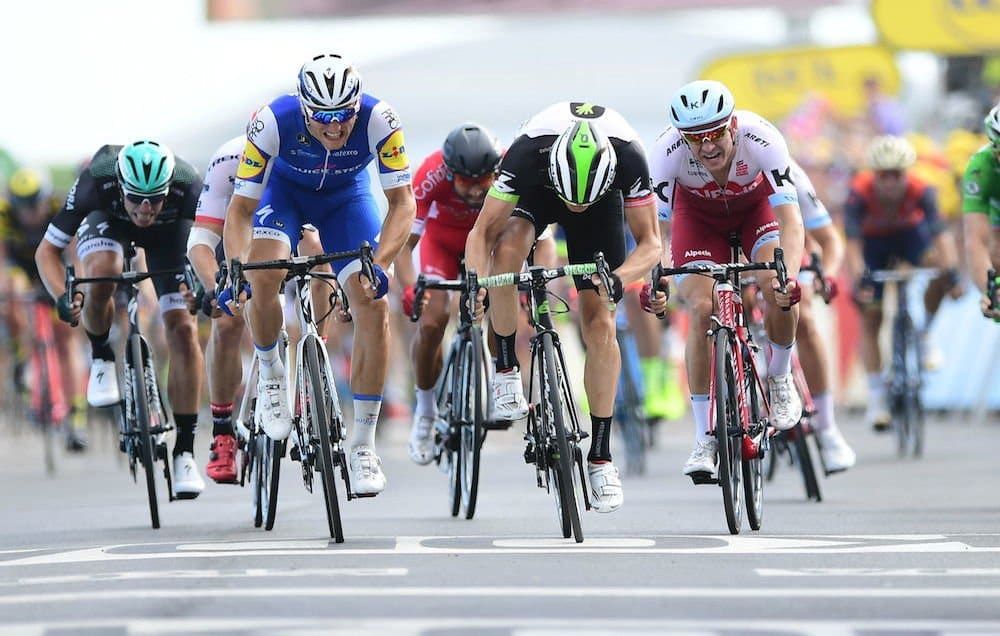
Each year, the Tour de France provides us with our first chance to see the latest tech from some of the world’s most popular bike companies. And the 2017 edition is no different, with new bikes from brands such as BMC, Trek, Specialized, and Colnago released just prior to the Tour. Here’s a run-down of what each of the 22 teams (and the Mavic neutral support service) is riding in this year’s race.
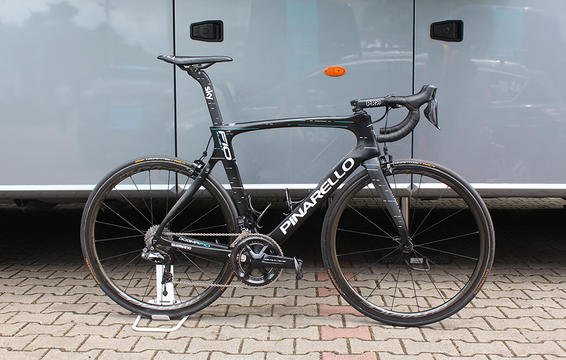
Pinarello offers only one road bike to the riders of Team Sky, but considering the team has won four of the last five Tours, they must be doing something right. This year, the team is riding the new Dogma F10 X-Light, which uses the same molds as the recently released F10, but with a lighter carbonfibre layup. Sky’s been sponsored by Shimano since the team was founded back in 2010, which means they’re using Dura-Ace 9150 Di2 electronic components, the newest Dura-Ace C40 and C60 carbon fiber wheelsets, and PRO bars and stems. The team is also the only one in the Tour riding using Stages power meters. Fizik saddles and Continental tubular tyres complete the team’s build.
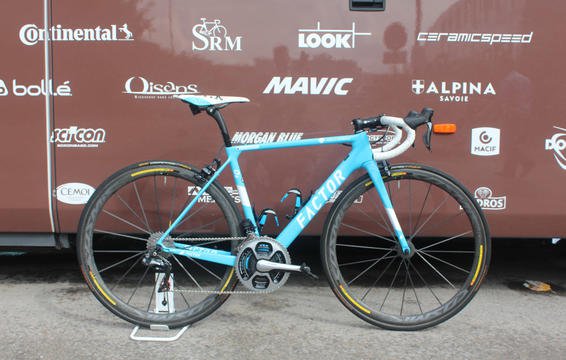
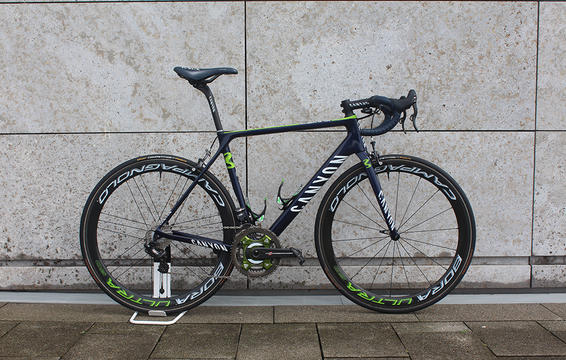
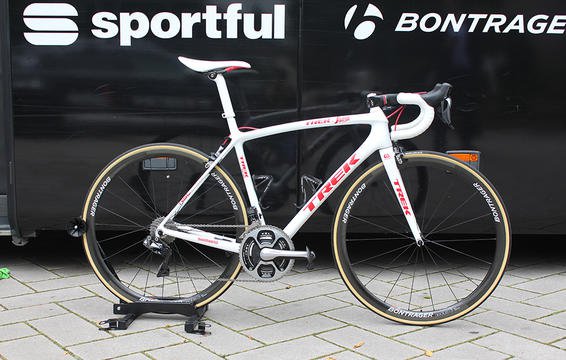
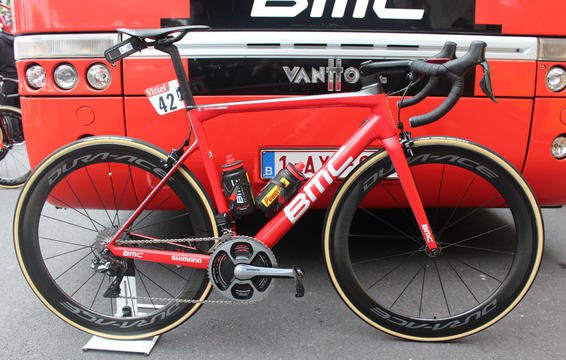
In June, BMC launched the latest iteration of the Teammachine, which is stiffer, more comfortable, and—thanks to BMC’s new integrated cockpit—more aero than the previous version. BMC does offer a more aerodynamic road bike, but every member of the squad prefers the Teammachine. As they have for years, the team uses Shimano Dura Ace Di2 components and carbon fiber wheelsets with crank-based power meters provided by SRM. BMC has spent that past several seasons riding tubular tyres from Continental, but switched to Vittoria for 2017.
RELATED: Check Out Greg Van Avermaet’s Gold Accented BMC SLR01
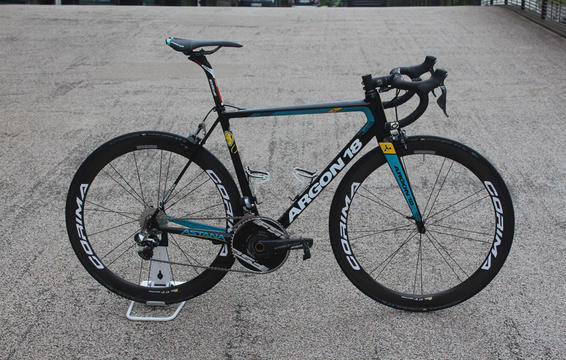
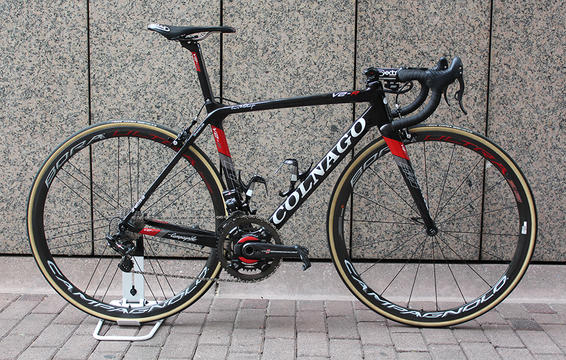
Despite being registered in the United Arab Emirates, the roots of UAE Team Emirates are Italian. This means Colnago is back in the Tour after a one-year absence. The team has three options for the Tour’s road stages: the classic lugged-carbon C60, the aerodynamic Concept, and the brand-new carbon monocoque V2-R. As seen here, South African contender Louis Meintjes has chosen the lighter, stiffer V2-R for road stages. In keeping with the team’s Italian roots, the bikes are built with Campagnolo Super Record ESP components and Bora Ultra wheels, Deda bars and stems, and Vittoria tubular tyres. As a finishing touch the team’s Campagnolo cranksets are fitted with Power2Max power meters.
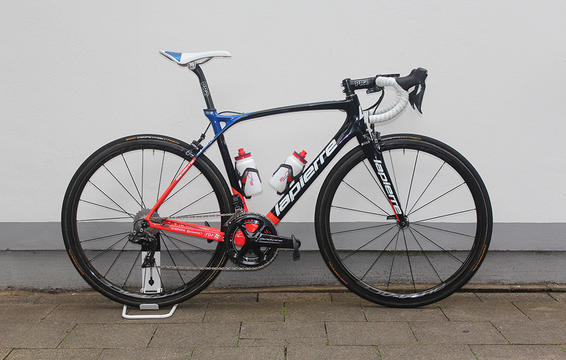
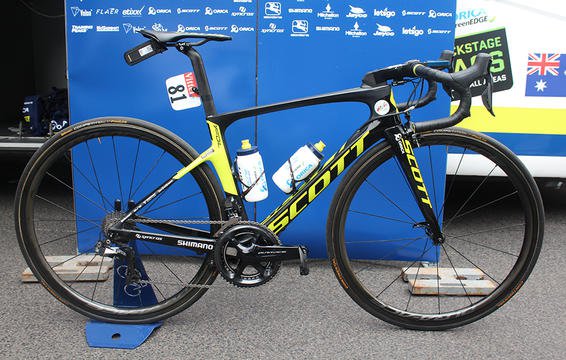
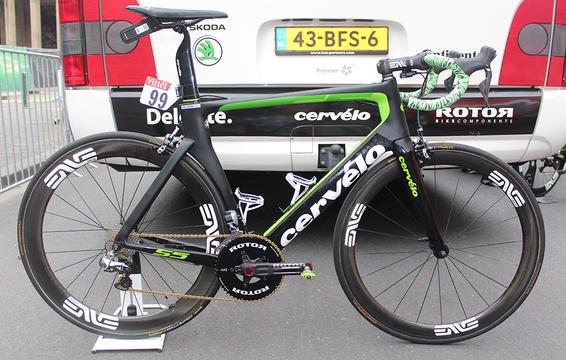
As they have since 2015, Dimension Data rides bikes from Canada’s Cervelo, with the aero S5 being a popular choice within the team for road stages. The bikes are built with a mix of components including Shimano Dura Ace Di2 components, Rotor cranksets and power meters, ENVE wheels, bars and stems, and tubular tyres from Continental. In the mountains, riders will be able to choose the brand-new Cervelo R5, which has been re-designed to be stiffer and handle better than the previous version, without sacrificing the low weight it’s known for.
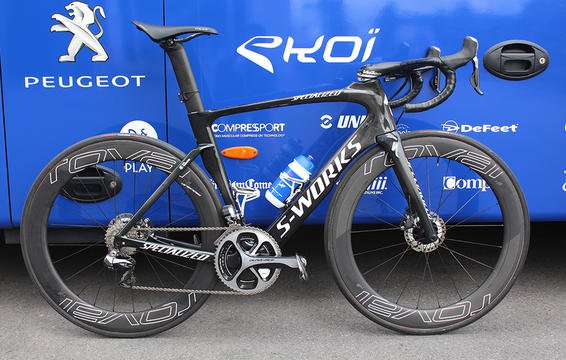
Quick-Step mechanics have their hands full at this year’s Tour, as the riders have three Specialized road bikes to choose from: the brand-new S-Works Tarmac, the S-Works Venge, and the S-Works Venge disc. Like Marcel Kittel, who’s already won 5 stages aboard his custom S-Works Venge Disc, Fabio Sabatini (one of the German’s key lead-out men) clearly likes disc brakes. While Kittel is using the new Dura-Ace 9150 hydraulic brake/shift levers, Sabatini and the rest team is still using Shimano’s older hydraulic brake/shift levers with their new Dura-Ace 9150 components. The team uses Roval wheelsets mounted with Specialized tubular tyres, and FSA components including the FSA Vision Metron 5D one-piece cockpit module chosen by Sabatini. Power meters are provided by 4iiii, who is rumored to be working with Specialized on making a power meter built with Specialized cranksets.
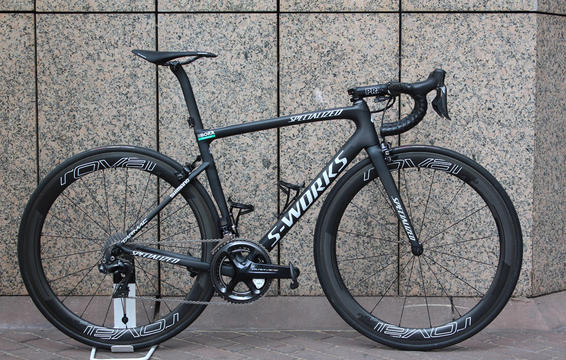
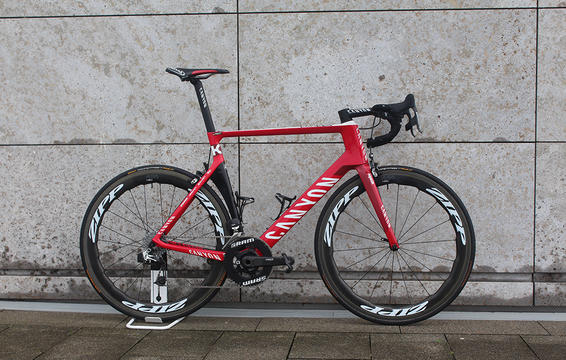
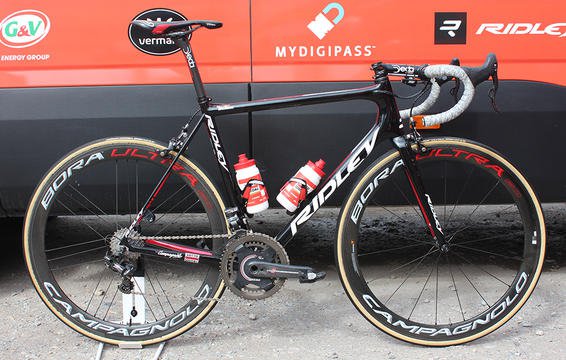
Belgium’s Ridley makes two framesets available to Lotto-Soudal’s riders for road stages: the aerodynamic Noah SL and the new super-light Helium SLX. Claimed to be 50g lighter than the previous Helium SL, it’s the perfect choice for climbers, like Belgium’s Tim Wellens. A new carbonfibre layup gives the bike a stiffer front end and internally routed cables (with no cable stops) give the bike a cleaner, sleeker appearance. Lotto’s been a long-time partner of Campagnolo, so the bikes are built with Campagnolo Super Record EPS components and Bora Ultra carbon wheelsets. The team still uses Deda handlebars, stems, and seatposts, but switched from Continental to Vittoria tubular tyres for 2017.
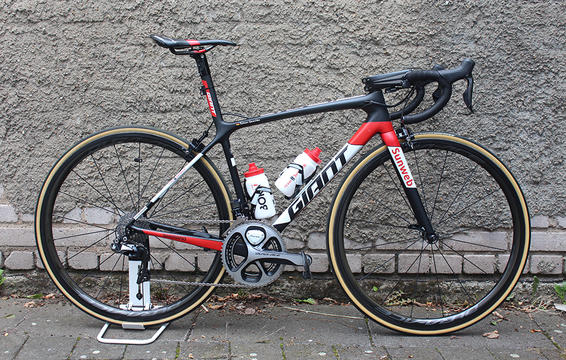
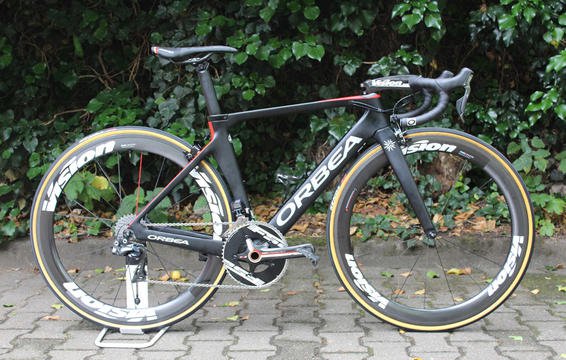
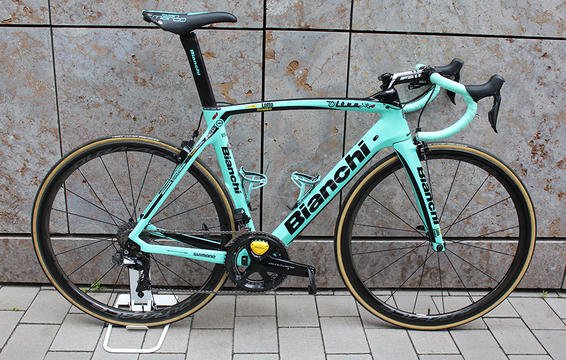
Bianchi has been providing LottoNL-Jumbo with bikes since 2014, the final year that the squad was sponsored by Belkin. On most road stages, the team races on the Bianchi Oltre XR4, which we first spotted Dylan Groenewegen riding at the start of last year’s Tour. The team is based in the Netherlands, the home of Shimano’s European headquarters, and therefore rides Shimano’s Dura-Ace 9150 Di2 components and the new Dura-Ace C40 and C60 wheelsets. They don’t use Shimano’s PRO line of bars, stems, and seatposts, though, instead opting for parts provided by FSA and Vision. The team also uses Pioneer power meters and Vittoria tubular tyres.
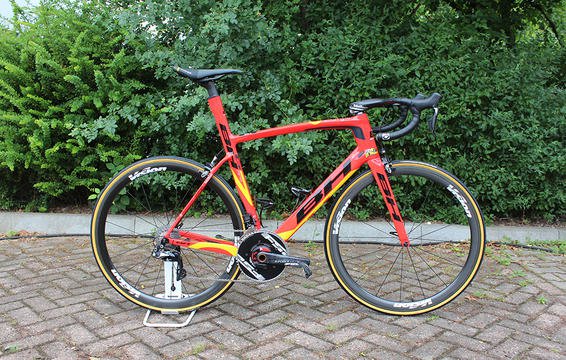
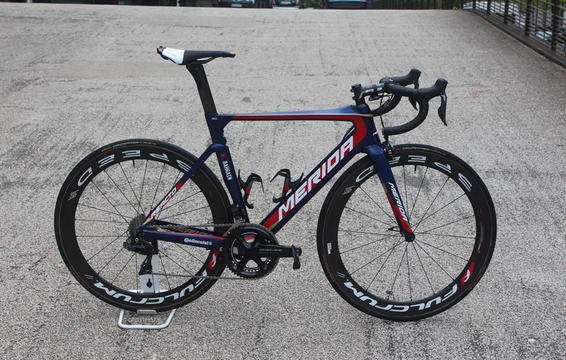
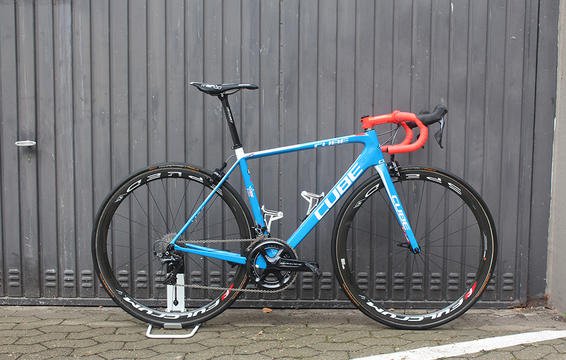
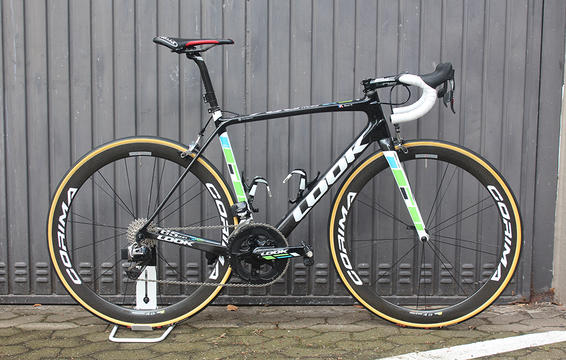
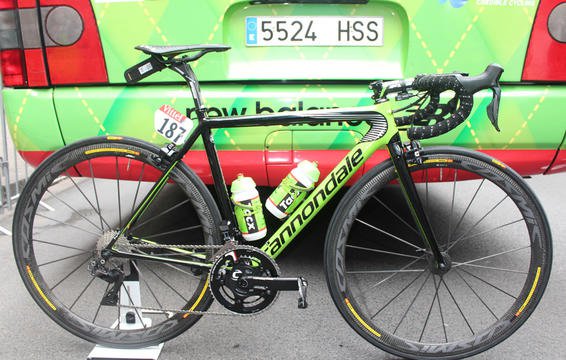
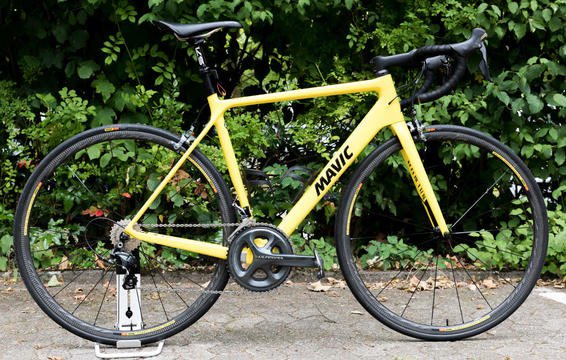
READ MORE ON: international races road tech Tour de France

